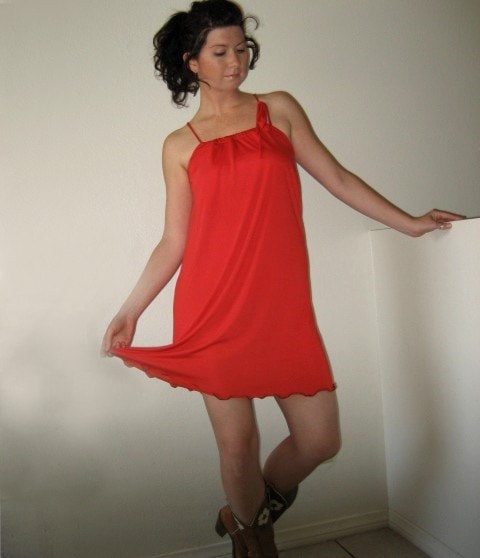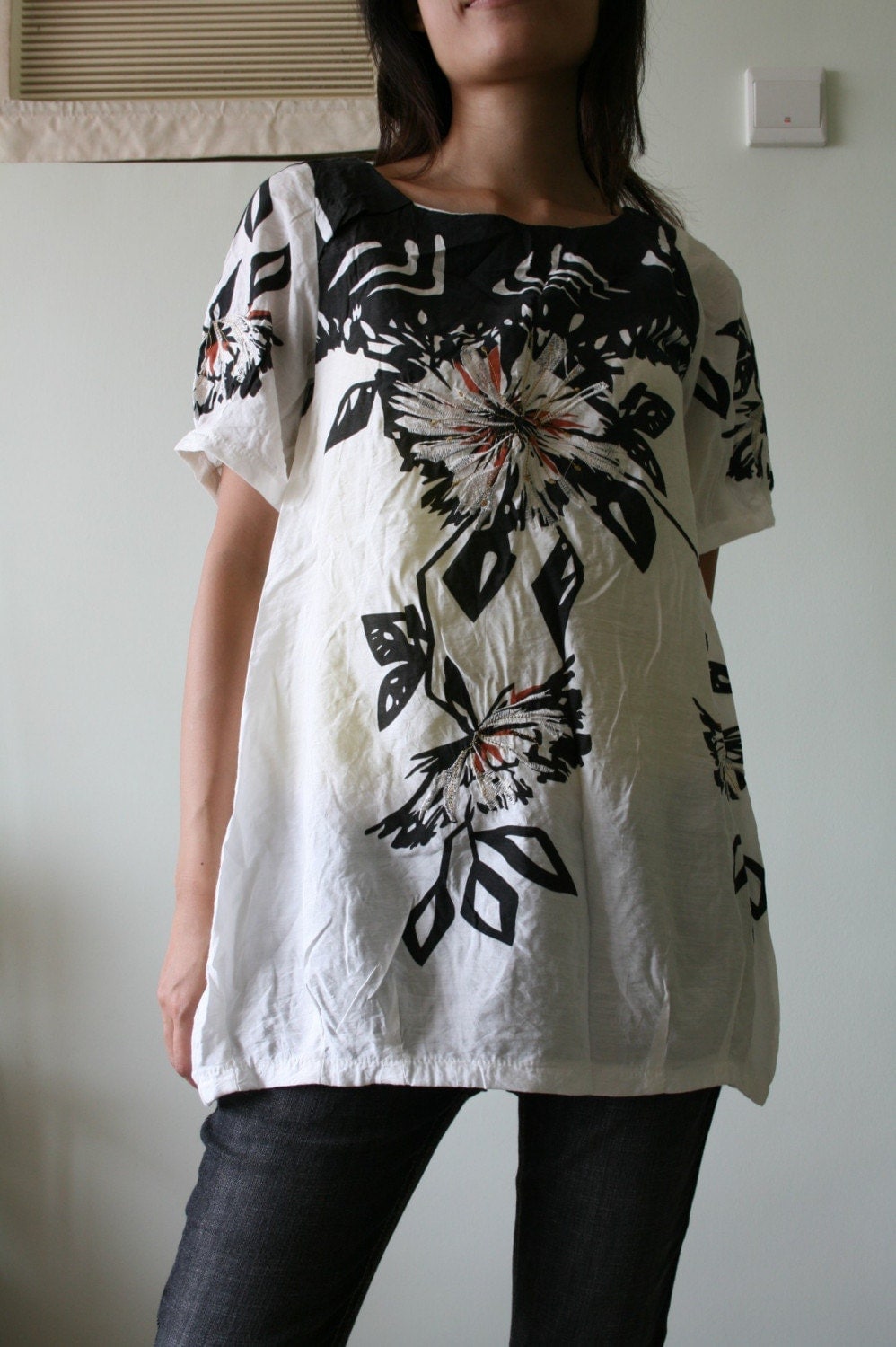 Having recently moved to a new neighborhood in Manhattan, I find that part of the fun of moving is discovering all of the places where I will buy groceries, kitchen supplies, specialty foods, wine, hardware, and the like. Our old neighborhood, the Dominican outpost of Washington Heights, left something to be desired in the way of grocery shopping, though we undoubtedly spent less when we didn't have an enormous supermarket, a la Fairway, within walking distance.
Having recently moved to a new neighborhood in Manhattan, I find that part of the fun of moving is discovering all of the places where I will buy groceries, kitchen supplies, specialty foods, wine, hardware, and the like. Our old neighborhood, the Dominican outpost of Washington Heights, left something to be desired in the way of grocery shopping, though we undoubtedly spent less when we didn't have an enormous supermarket, a la Fairway, within walking distance.And now we do. Now we live within walking distance of the Fairway at 125th St. Oh, how we have come up in the world! Yesterday we paid a visit to said store, got lost in their cold room, bought way more than we had anticipated (sound familiar?), and left weighted down with bags and bags of foodstuffs and goodness. Oh, how I love going to supermarkets of that caliber! -- racks of anchovies and dried figs and gluten-free pasta galore; cheeses from France and Wisconsin, real roast beef, and cheesecloth.

Dinner last night was excellent, too, our first blow-out meal in our new kitchen: coq au vin, plus my version of grilled Argentina polenta with grilled zucchini and eggplant, and a simple salad of greens, all accompanied by a stellar wine that had been left by some considerate friend on the occasion of a past dinner party (alas, we can't remember whose gift it was).
As a passing note, I should mention that, while in Italy, I discovered the secret of polenta while reading Wilma Pezzini's 1982 treasure, The Tuscan Cookbook, which happened to be lying around the house where we were staying. I love grilled polenta, especially when it's cooked in a little butter and the edges become crispy, but after returning to the U.S. from Argentina I had no luck making it. Every time I cooked up a batch of polenta, I ended up with a watery pudding that more resembled grits or congee than the firm batter I was looking to fry up. I racked my brains but all that I could conclude was that I was using too much water, and I resigned myself to polenta stew, with plenty of cheese for good measure -- that is, until I read Pezzini's chapter on the subject, an experience that I like to refer to as my polenta enlightenment.

What's the secret to great polenta? Whether you like it stewed or grilled, you have to pay attention to the grind. The larger the grind, the sloppier the mix. For polenta that you can spread with a paddle, let cool, and chop up into wedges to grill, you need the finely ground grain, almost powdery in its consistency. Fairway happens to carry just such a grain, by an Argentina producer, de la Estancia. My nostalgia for Argentina led me to purchase that variety instead of any of the five or so Italian offerings that the supermarket had on hand.
My recipe for grilled polenta:
Ingredients:
3 cups water
1 t. salt
1 cup finely ground polenta
2 T. butter
salt and pepper to taste
1/2 c. freshly grated hard cheese, like parmeggiano, grana padano or piave
Supplies: clean flat surface, like a wooden cutting board
1. Bring 3 cups of water to a boil. When the water is near boiling, add a teaspoon of salt and stir to thoroughly dissolve.
2. While stirring constantly with a wooden spoon, add the polenta to the water in a slow stream. Continue to stir while cooking, on medium-high heat, for another 2-20 minutes (at this point you have to use your intuition or consult the back of the box to figure out how long your grain should cook), until the batter thickens considerably and it is somewhat of an effort to move the spoon.
3. Next, quickly, before the polenta cools and hardens, pour it out onto the cutting board, and spread it out to a 1/2 inch thickness, smoothing the surface so that it is consistent throughout. Let the polenta on the board cool, either at room temperature or by popping the board into the freezer for a few minutes.
4. Once cool, cut the polenta into wedges, or any other desired shape (squares, circles, Santa Claus shapes, etc.).
5. Heat butter on medium-high heat in a skillet until melted. Grill the polenta, a few pieces at a time, turning frequently to brown both sides.
6. Arrange polenta wedges on a serving plate, and before they cool, sprinkle them with grated cheese, salt, and pepper. Serve with grilled vegetables for a hearty side, or use to mop up meat juices (as we did with the coq au vin).
Delicioso.












































